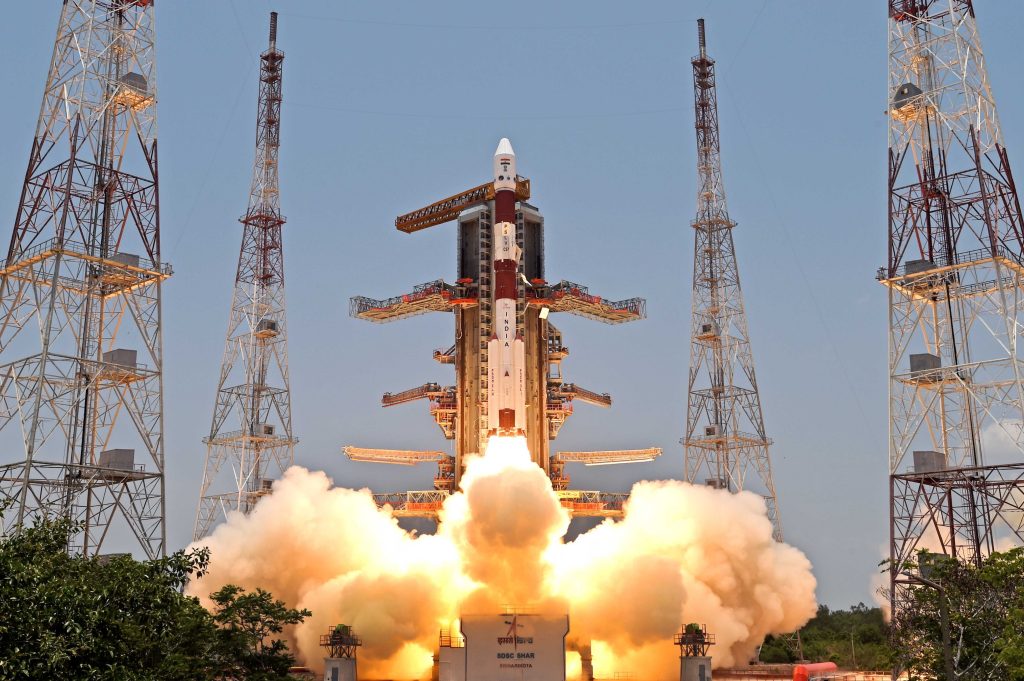
Aditya L1
Since launching its first solar mission, Aditya-L1, the Indian Space Research Organization (ISRO) has performed its first maneuver with an Earth-bound target.
The Indian Space Research Organisation (ISRO) has successfully completed its first Earth-bound maneuver since launching Aditya-L1, its first solar mission. The objective of the project is to unravel the mysteries surrounding the Sun’s corona and how it affects space weather.
According to an update posted on Twitter (now known as X)by ISRO, the spacecraft is in good condition and performing optimally. “ISTRAC, Bengaluru successfully carried out the first apogee-raising maneuver (EBN#1). The new orbit is 245 x 22,459 kilometers in size.
On September 1, 2023, at 11:50 AM, Aditya-L1 was launched from the Satish Dhawan Space Centre in Sriharikota. The Polar Satellite Launch Vehicle (PSLV) in its ‘XL’ version, ISRO’s most dependable and adaptable workhorse rocket, sent the 1,472-kilogram spacecraft into orbit.
Aditya-L1 Mission:
The satellite is healthy and operating nominally.The first Earth-bound maneuvre (EBN#1) is performed successfully from ISTRAC, Bengaluru. The new orbit attained is 245km x 22459 km.
The next maneuvre (EBN#2) is scheduled for September 5, 2023, around 03:00… pic.twitter.com/sYxFzJF5Oq
— ISRO (@isro) September 3, 2023
The main goal of the Aditya-L1 mission is to investigate the Sun’s upper atmosphere, especially the chromosphere and corona. The mission will record the causes of weather, including the coronal magnetic fields, and large-scale eruptions from the solar corona, plasma, and magnetic fields.
Around 1.5 million kilometers from Earth, the spacecraft will be positioned in a halo orbit around the first Lagrange point (L1) of the Sun-Earth system. This position is perfect for solar observations as it provides a clear and unobstructed view of the Sun.
Seven payloads are carried by Aditya-L1, including the UVIT for imaging the solar chromosphere and corona, the Visible Emission Line Coronagraph (VELC) for studying solar coronal emissions, and the Solar Paraboloidal Imaging X-ray Spectrometer (SoPIX) for studying X-ray flares. For investigating X-ray flares, there are two instruments included: the Spectrometer for Light and Extreme X-rays (SoLEXS) and the High Energy L1 Orbiting X-ray Spectrometer (HEL1OS).



